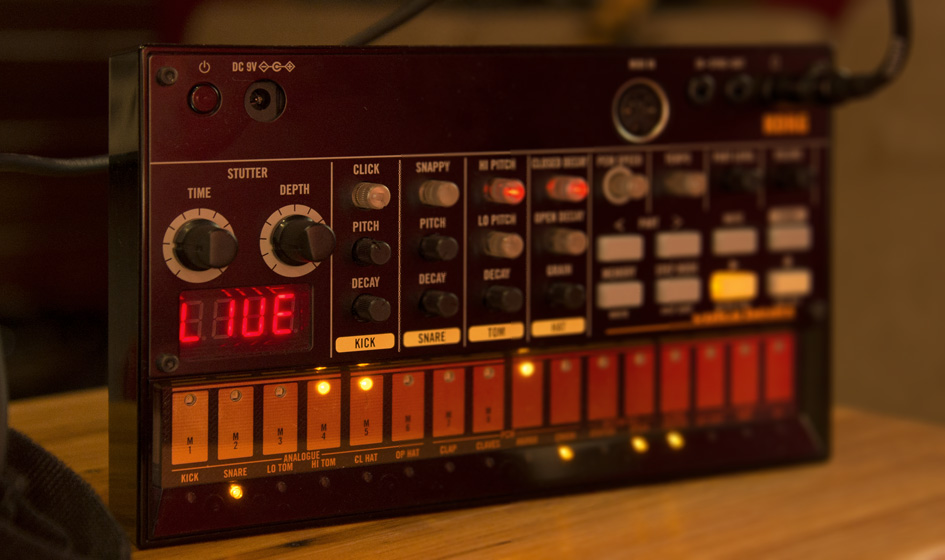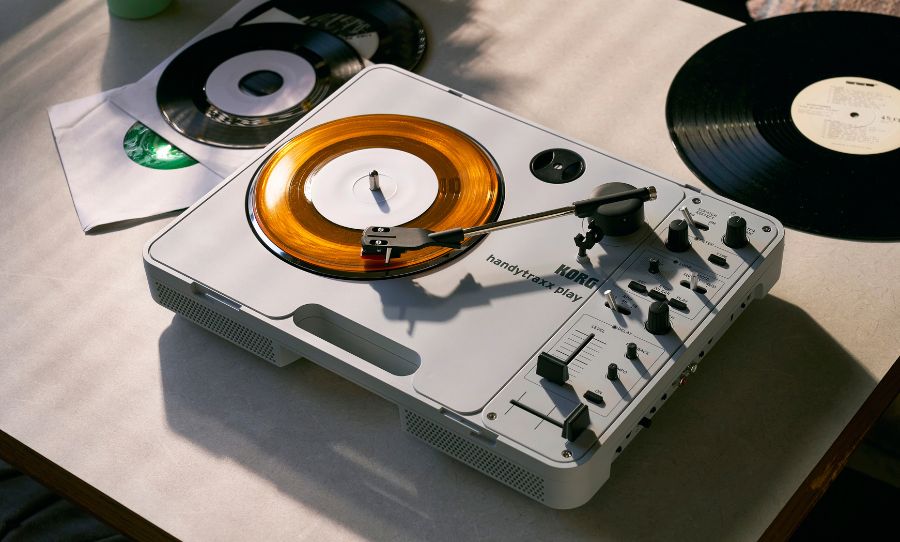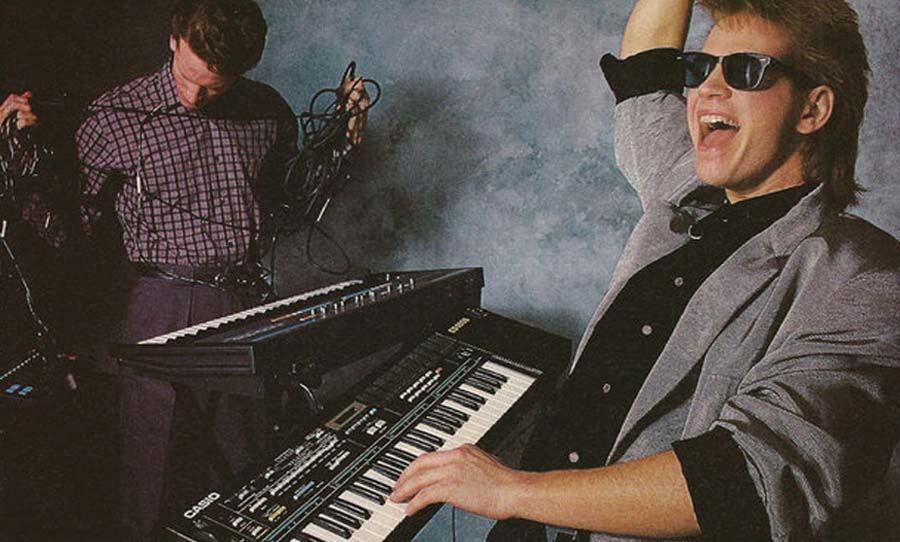There’s a certain sweet spot with gear that represents the ideal convergence of usable options, and ease of playability.
Too often in software, the gear is skewed towards presenting the user with a plethora of options, but making it slightly too difficult to create music with ease and spontaneity. One such little box that gets the mix right is the Korg Volca Beats Analogue Rhythm Machine.
More often than not, simplicity is the key to finding a clear musical path and this ideology is at the very heart of the Korg Volca Beats.
Sometimes you just want to get a beat going. Especially when you’re sketching out an idea for a song, and you need a rhythmic force that has some personality and groove. Finding this “in the box” isn’t always easy.
Say you’re recording with a singer, and you want an accompaniment that is a little more lively than the click track. You insert a drum machine plug in, but you are bombarded with endless parameters for every separate drum. Mousing through the menus to set up a basic sequence seems to take a long time.
Before you know it, the singer is twiddling their thumbs and you’re squinting at the screen and perspiring with the challenge of setting up the simplest of two-bar patterns.
Getting your fingers on the knobs of the Volca Beats circumvents much of the screen based foibles of soft drum machines. Within a few short minutes of switching it on for the very first time, making real music is achievable. You can record sequences live in step record mode, or use the 16 step buttons to input your sequence in a static way, or while the sequence is playing in the background.
Six of the ten instruments (kick, snare, lo tom, hi tom, closed hats and open hats) have an analogue signal path, the other four (clap, claves, agogo and crash) are PCM creations. The flexibility and speed in which you can manipulate certain parameters of the different instruments makes the machine incredibly easy to play. Collaboration is a piece of cake, with syncing via CV gate and MIDI available. You could even play them in the park since they have an internal speaker and can be powered by double A batteries.
Buttons 11-16 double as function selectors, in which you can record PCM pitch shifting and clear parts or whole sequences – you just need to hold down the function button while completing these actions. My personal favourite of the sound altering tools available is the “Stutter” function. This section features two bigger knobs: “time” and “depth”.
It basically functions as a delay effect, with time obviously being the delay time, and depth the feedback control. With the simplest of tweaks, you can dial in a double time effect, or crank the feedback and shorten the delay time for crazy slapback and quasi distortion.
There are some extra tricks available – step jump, for example, is a great live performance feature. Being able to to mute parts and change individual part levels is especially handy for injecting liveliness into sequences. Absolutely none of the extra digging, however, is in the slightest way cumbersome or annoying.
This box is all about getting out of the way, and letting the music come first. Without question, the Volca Beats has limitations, but they are intended to guide the user in exploring exciting and creative musical possibilities with speed and ease of workflow.



